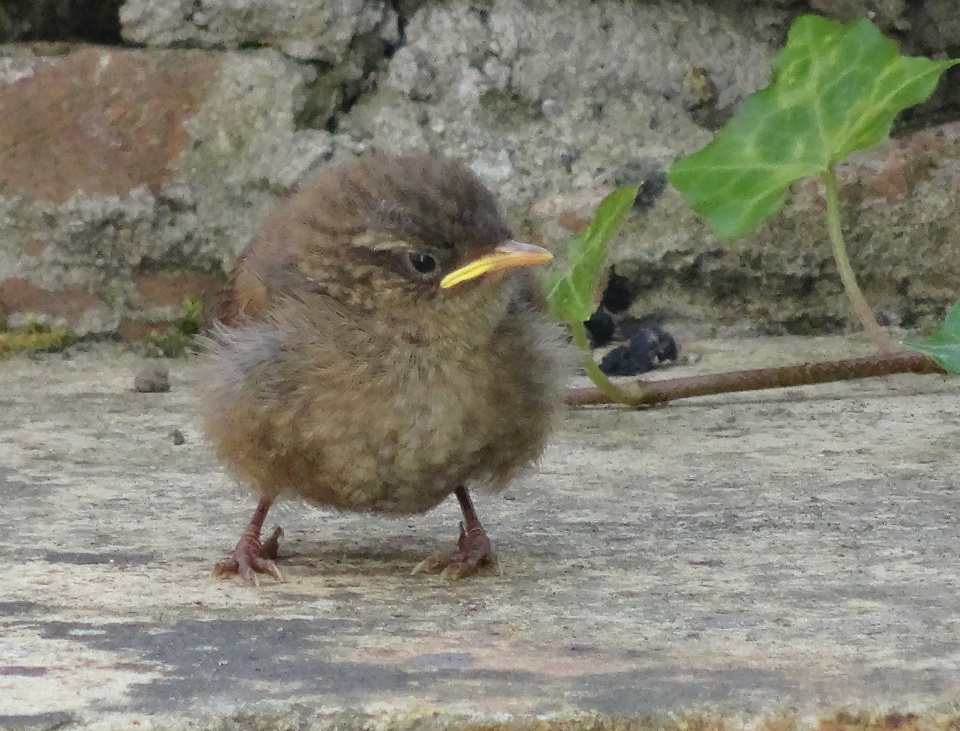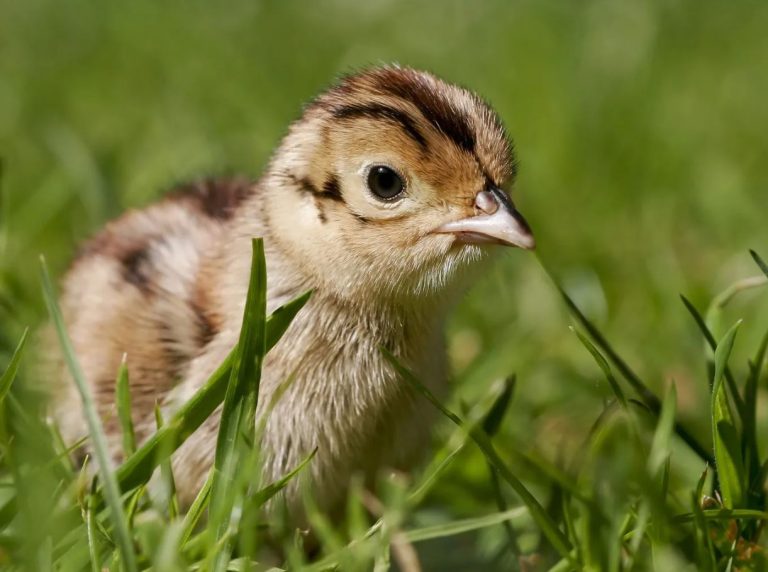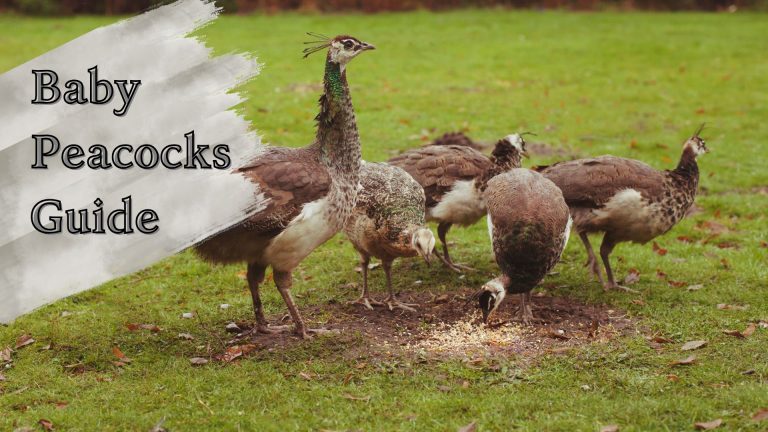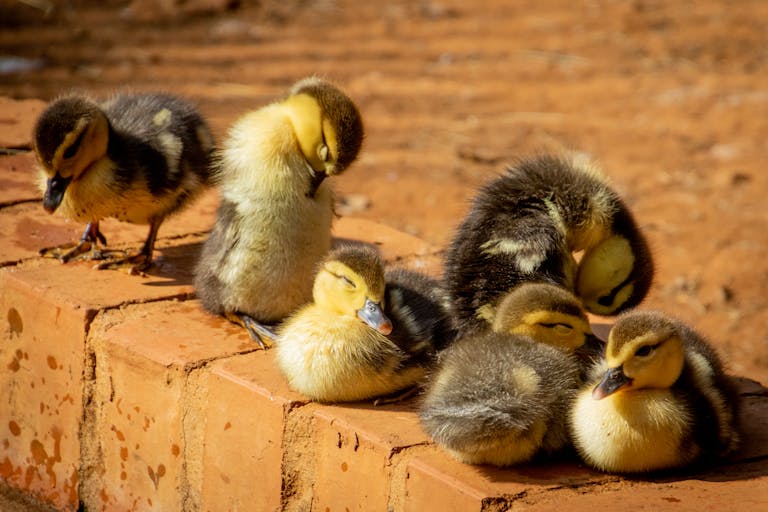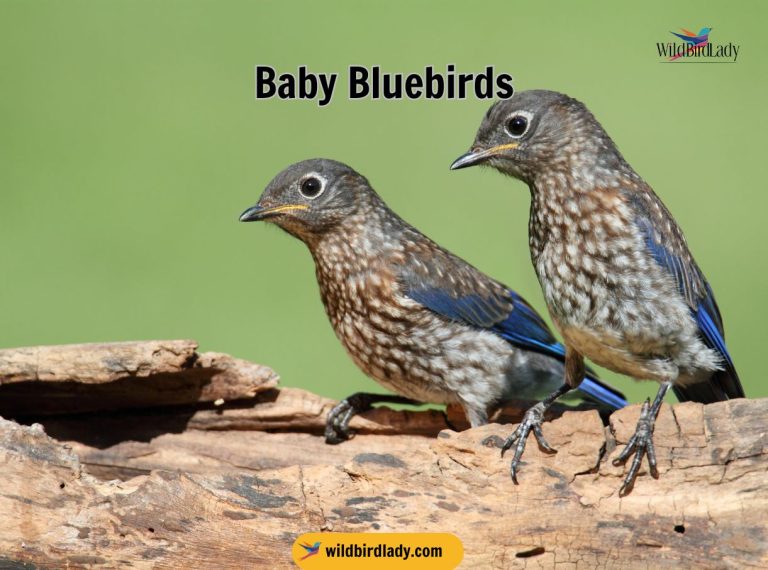Baby Wren: A Complete Guide to Their Appearance, Behavior, and Care
Have you ever heard the faint, high-pitched peep of a baby bird hidden deep within the brush? There’s a good chance it was a baby wren—one of nature’s smallest, yet most energetic songbirds. With their short tails, sharp beaks, and oversized curiosity, baby wrens (also called wren chicks or nestlings) are a joy to discover and observe.
In this guide, I’ll walk you through everything you need to know about baby wrens—from how to identify them, what they eat, how they grow, to what to do if you find one in need. Over the past 13 years, I’ve been fortunate to document dozens of broods in backyards, forests, and even urban gardens. And believe me, no two wren stories are the same.
What Does a Baby Wren Look Like?
When newly hatched, baby wrens are blind, naked, and utterly helpless. Their skin appears pinkish-gray, and their oversized yellow gapes dominate their tiny faces. These wide mouths help stimulate feeding from parents.
By day 5 to 6, soft grayish down feathers start to emerge. Around the 7th to 10th day, primary feathers (the ones they’ll eventually use to fly) begin to push through their wing sheaths.
By the time they’re fledglings (usually 12–17 days old depending on species), they’re covered in juvenile plumage—typically light brown with some barring on the wings and a faint white or buff eyebrow stripe. They look like miniature versions of adult wrens but still lack the confidence in movement or flight.
🪶 Fun fact: House Wren chicks are among the fastest growers in the bird world, fledging just 12–15 days after hatching!
Species Spotlight: Common Baby Wrens in North America
Several wren species can be found across North America, but the most commonly encountered baby wrens include:
1. House Wren (Troglodytes aedon)
Babies are noisy, chirpy, and fledge around 15 days old
Most widespread wren species in the U.S.
Nests in tree cavities and birdhouses
2. Carolina Wren (Thryothorus ludovicianus)
Fledge between 12–14 days
Found mostly in the Southeast
Babies have a slightly warmer brown plumage
3. Bewick’s Wren (Thryomanes bewickii)
Parents feed them for about two weeks post-fledging
Found in the western and southern U.S.
Babies have longer tails and pale underparts
Nesting and Hatching Timeline
Wrens are cavity nesters, often choosing birdhouses, tree hollows, and even mailboxes or boots left outside. Their nests are dome-shaped structures made from twigs, moss, and feathers.
Wren Reproduction Timeline:
- Egg laying: 5–8 eggs, laid 1 per day
- Incubation: 12–16 days (female incubates)
- Hatching: Altricial chicks hatch completely helpless
- Fledging: 12–17 days post-hatching
- Independence: Fed by parents up to 2 more weeks
What Do Baby Wrens Eat?
Baby wrens are entirely dependent on their parents for food. Their diet consists primarily of:
- Insects: beetles, grasshoppers, caterpillars, ants
- Spiders
- Small larvae and grubs
According to the Audubon Society, insect protein is essential for nestling development and growth—adults make over 300 feeding trips a day to satisfy their chicks!
As they approach fledging, baby wrens are fed larger prey and gradually learn to self-feed.
Baby Wren Sounds: What Do They Sound Like?
Even before they leave the nest, baby wrens begin vocalizing softly. At first, their calls are high-pitched and raspy, mainly begging calls. As they mature, their chirps become more complex and louder.
Want to hear real baby wren sounds?
Growth Stages of a Baby Wren
| Age (Days) | Appearance | Behavior |
|---|---|---|
| 1–3 | Naked, eyes closed | Silent, huddled together |
| 4–6 | Downy feathers appear | Begin chirping, lifting heads |
| 7–10 | Eyes open, wing feathers emerging | Stretching, more vocal |
| 11–13 | Covered in juvenile feathers | Wing-flapping, peeping frequently |
| 14–17 | Fully feathered | Fledge from nest, short flights begin |
Where Do Wrens Build Nests?
Wrens are among the most flexible nesters. They use both natural and artificial cavities. Common nesting sites include:
- Birdhouses (especially House Wrens)
- Hanging planters
- Tree hollows
- Barn beams or sheds
- Abandoned cans or flowerpots
Males often build multiple nests and let females choose one to lay eggs in. Nest locations are typically 3 to 10 feet off the ground.
Dangers Baby Wrens Face
Like most small birds, baby wrens are vulnerable. Threats include:
- Predators: snakes, raccoons, domestic cats
- Weather: cold rain or intense heat can kill chicks
- Human interference: disturbing nests or handling chicks
- Parasites: mites or blowflies can infest nests
Tip: If you spot a nest, enjoy it from a distance. Avoid handling chicks, as this may lead to parental abandonment or unintentional harm.
What to Do If You Find a Baby Wren
If you come across a baby wren, take a moment to assess the situation:
1. Nestling (no feathers or minimal feathers)
- Likely fell or was pushed out of the nest
- If safe to do so, gently return it to its nest
2. Fledgling (fully feathered, hopping on the ground)
- Leave it alone unless it’s in immediate danger
- Parents are likely nearby and still feeding it
Only contact a licensed wildlife rehabilitator if:
- The chick is injured
- It’s cold and unresponsive
- You can’t locate or access the nest
📝 Visit Animal Help Now to find a licensed rehabber in your area.
How to Help Wrens in Your Backyard
Supporting wren families starts with creating a bird-friendly habitat. Here’s what you can do:
- Install nest boxes with a 1″ entrance hole
- Avoid pesticides—they eliminate the insects wrens need
- Offer mealworms during nesting season
- Keep cats indoors
- Provide dense shrubs for fledglings to hide in
By offering safe spaces and food, you may be rewarded with the delight of watching a new generation of wrens grow up in your yard.
Baby Wrens and Parental Care
Wren parents are devoted. Males defend the territory aggressively—even tossing eggs from other nests! Meanwhile, females focus on brooding and feeding. Once hatched, both parents tirelessly feed the chicks.
Even after fledging, young wrens stick close to their parents for 1–2 weeks, following them around and begging for food. They gradually become independent but may stay in the area if conditions are favorable.
Final Thoughts from the Field
Over the years, I’ve watched baby wrens emerge from the smallest holes, flutter into raspberry bushes, and chase after beetles ten times their size. There’s nothing quite like seeing a wren chick’s first wobbly flight—it’s a moment of wonder and fragility all at once.
If you’re lucky enough to find a wren nest in your yard, treasure it. Observe respectfully, and you’ll witness one of nature’s fastest, noisiest, and most charming life cycles in action.
Frequently Asked Questions (FAQ)
How long do baby wrens stay in the nest?
Typically 12–17 days after hatching, depending on species and environmental factors.
Can baby wrens survive without parents?
No. Baby wrens are altricial and depend on their parents for warmth and food.
Do wrens reuse their nests?
Rarely. Most wrens build a new nest for each brood, though males may construct multiple “dummy” nests.
How many broods do wrens have per year?
Most wren species have 1–2 broods per season. House Wrens may have 2–3 in warmer regions.
Are wrens aggressive?
Yes, especially males during breeding season. They may attack or destroy nests of other birds to defend territory.

